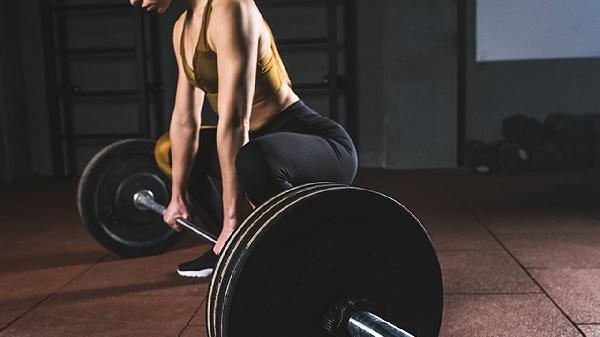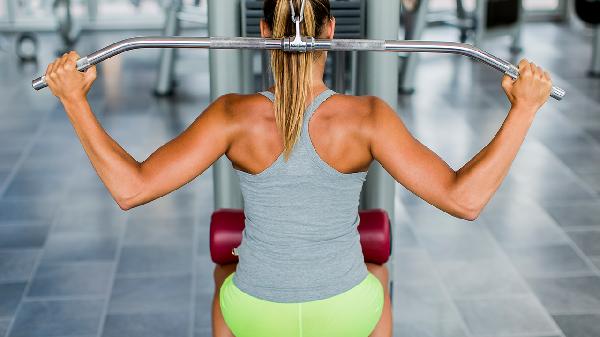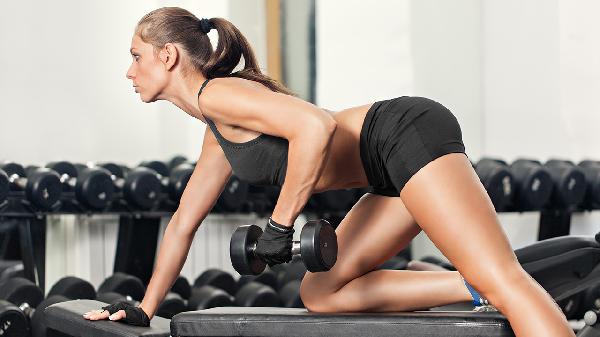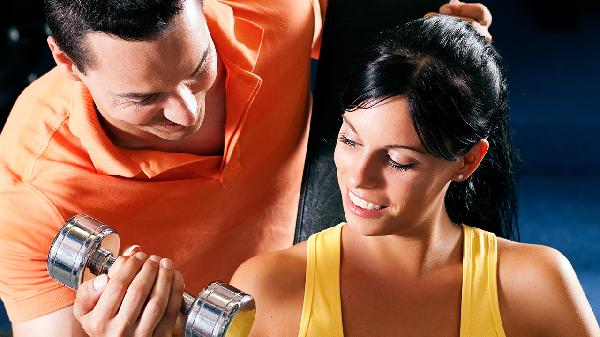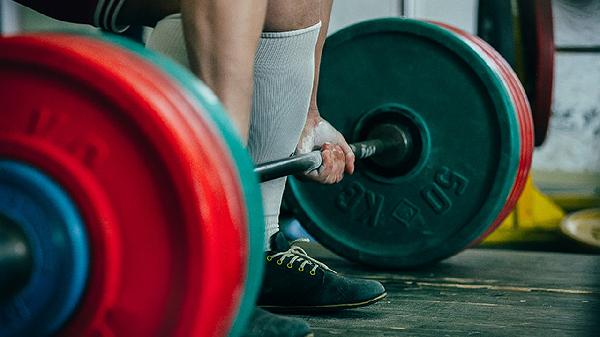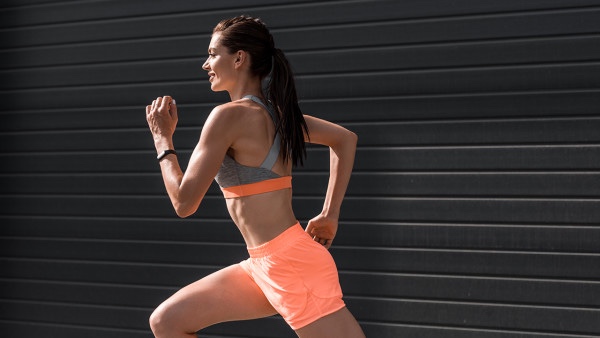If you're looking to take your leg day to the next level, the weighted leg press machine is your secret weapon. This powerhouse piece of gym equipment isn’t just for bodybuilders—it’s a game-changer for anyone serious about building lower body strength, improving muscle definition, and boosting overall athletic performance. Unlike squats, which require significant core stability and balance, the leg press allows you to isolate and overload your quads, hamstrings, and glutes with precision. Whether you're a seasoned lifter or just starting out, mastering this machine can unlock serious gains without the intimidation factor of free weights.
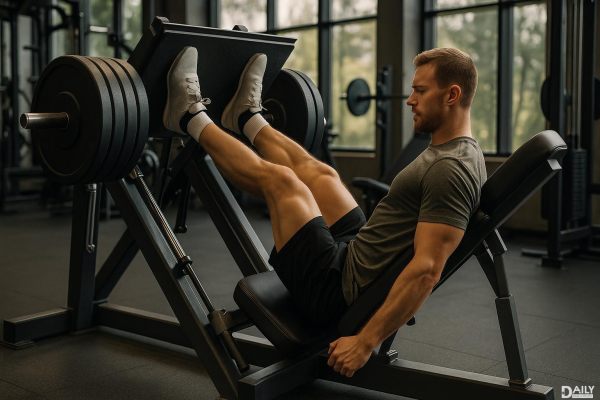
Let’s be real: squats are king, but they’re not the only move in town. The leg press offers unique advantages that make it a must-have in any lower-body program. For starters, it reduces strain on your lower back, making it a safer option for those with spinal issues or mobility limitations. The controlled movement also lets you push heavier loads with less risk of form breakdown—something that’s tough to replicate with barbell squats once fatigue sets in. Plus, the adjustable seat and footplate mean you can tweak your stance to target different muscle groups. Narrow stance? Hello, outer quads. Wide stance? Glutes and hamstrings, come on down.
Just because the machine guides your movement doesn’t mean you can slack on technique. Poor form on the leg press can turn a powerhouse exercise into a one-way ticket to knee pain. Keep your feet flat and centered on the platform, driving through your heels to activate your posterior chain. Avoid locking your knees at the top, and don’t let your lower back peel off the seat—that’s a red flag for overloading. Pro tip: Lower the weight slowly (3 seconds down) and explode up to maximize time under tension. And if your butt starts lifting? That’s your cue to lighten the load.
To get the most out of the leg press, treat it like any other compound lift—progressive overload is key. Beginners should aim for 3–4 sets of 8–12 reps with a moderate weight, focusing on control. More advanced lifters can experiment with drop sets, partial reps, or even single-leg presses to break plateaus. For hypertrophy, try a 1.5-rep method: Press halfway up, lower back down, then complete a full rep. Want to torch endurance? Crank out 20+ reps with shorter rest periods. The beauty of this machine is its versatility—it adapts to your goals.
Even seasoned gym-goers mess up the leg press. The biggest offender? Going too heavy with a quarter-range motion, which cheats your muscles and stresses your joints. Another faux pas: letting your knees cave inward, a surefire way to invite injury. And please, for the love of gains, don’t bounce the weight at the bottom—control beats ego lifting every time. If you’re guilty of these, dial back the weight and prioritize full range of motion. Your future self will thank you when you’re still crushing leg day pain-free at 50.
While the leg press is a beast on its own, it plays even better with others. Pair it with Romanian deadlifts for a hamstring-focused session, or follow it up with Bulgarian split squats to hammer unilateral strength. For a brutal finisher, combine it with walking lunges or box jumps to translate strength into power. Just remember: The leg press is a supplement, not a replacement, for functional movements like squats and deadlifts. Use it to build a foundation, then test that strength in the real world.
The weighted leg press isn’t just a shortcut to tree-trunk legs—it’s a tool for smarter, safer, and more efficient lower-body training. Whether you’re chasing aesthetics, athleticism, or just the ability to climb stairs without whimpering, this machine delivers. So next time leg day rolls around, don’t skip the sled. Load it up, press smart, and watch those gains roll in.


